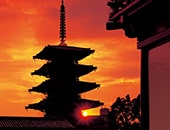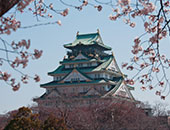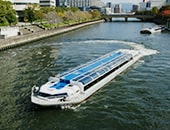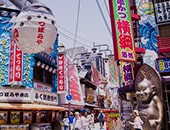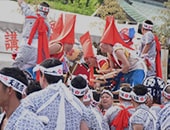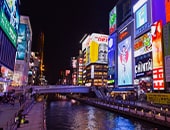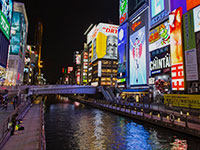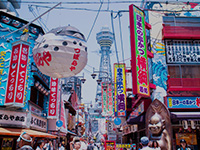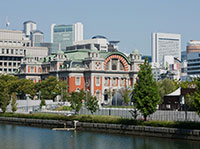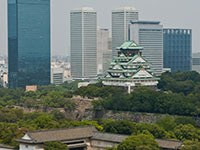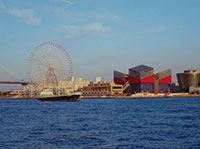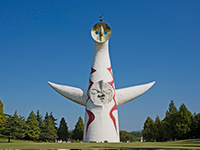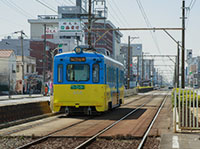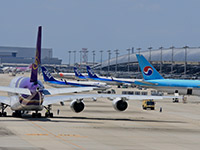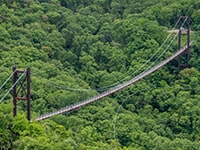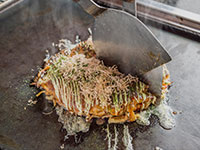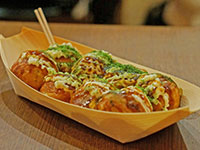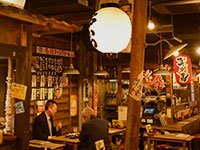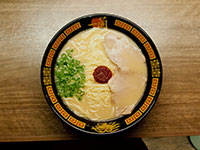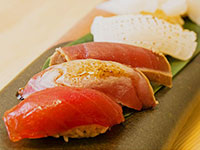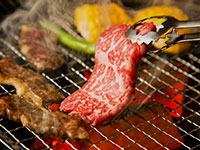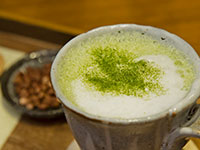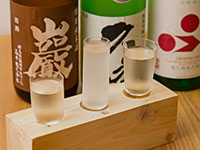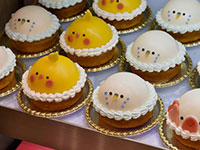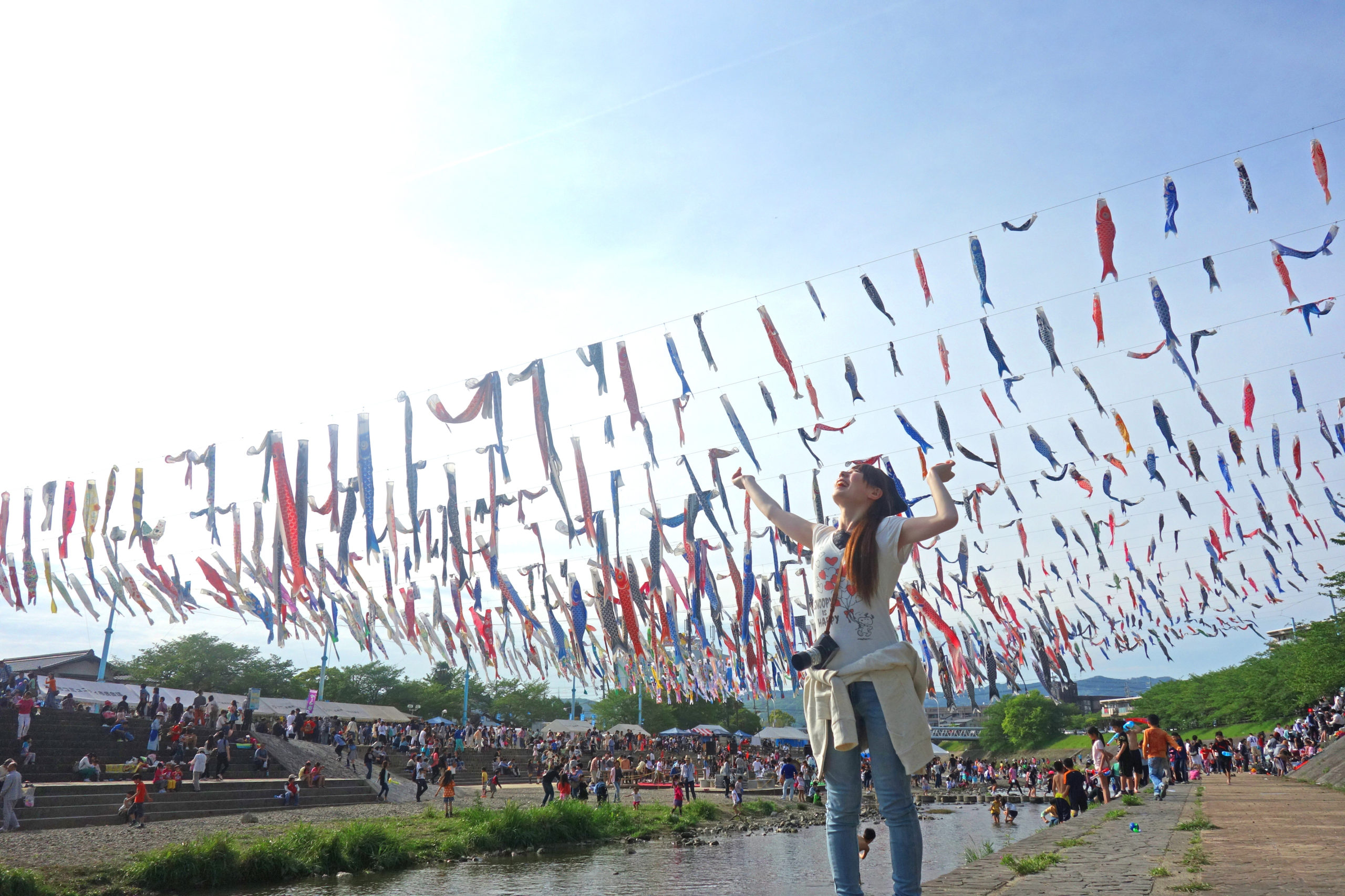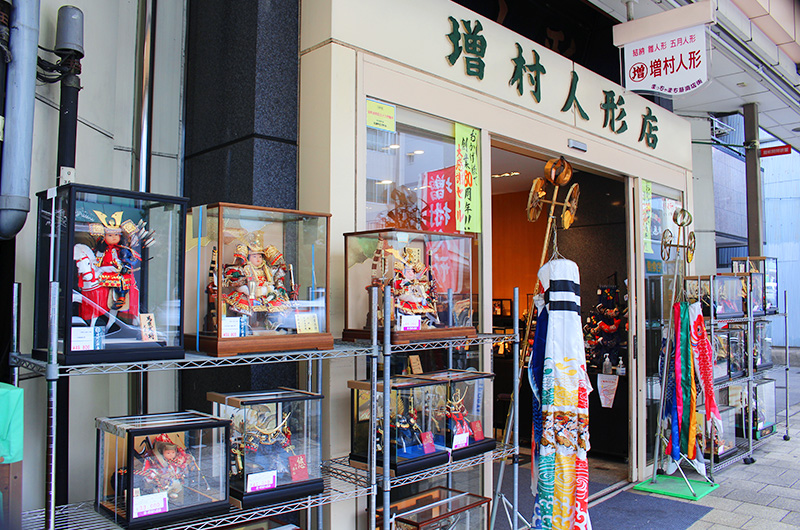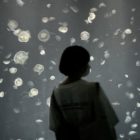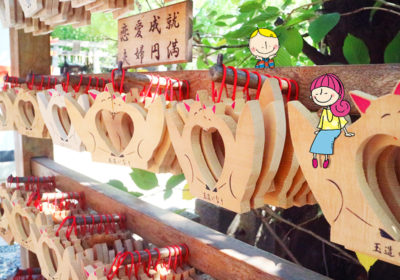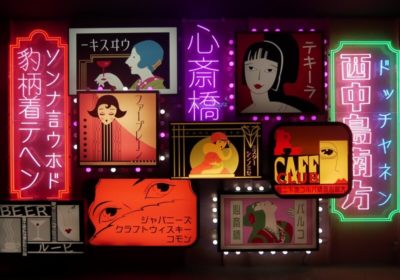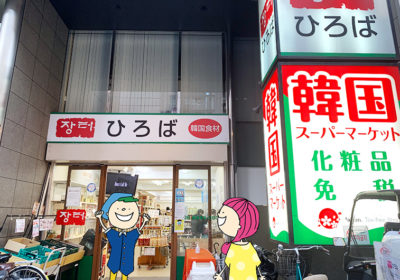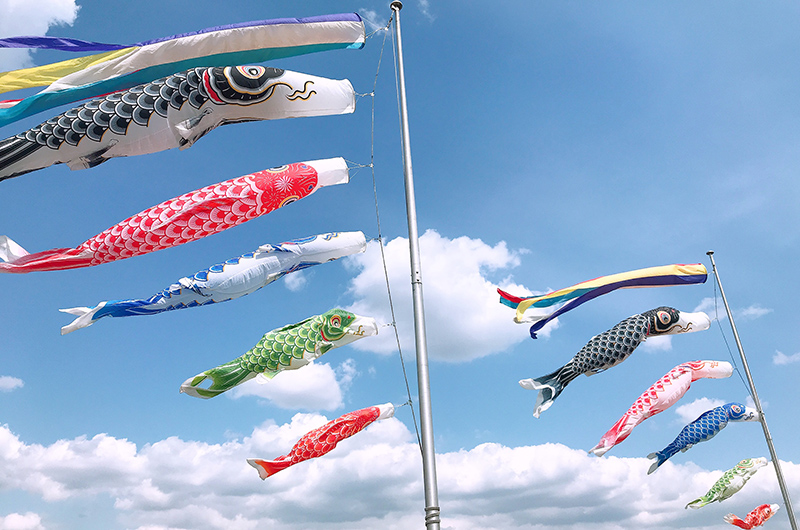

Supporter
When is Children’s Day? And how do you celebrate?
Children’s day is just around the corner. Parents and children alike are looking forward to it. And the fish-shaped wind socks are already up! Here are some basics about the holiday and how to celebrate in Osaka, Japan.
[In this article]
- What is Children’s Day?
- Decorations—Carp Streamers, Samurai Helmets, Samurai Dolls
- Children’s Day in Osaka—Akuta River, Kaiyukan, Matchamachi
- Traditional Sweets—Kashiwamochi, Chimaki
What is Children’s Day?
May 5 is Children’s Day, aka Kodomo no Hi, in Japan. It’s a national holiday, that falls towards the end of Golden Week, a long holiday when schools and businesses are closed for approximately one week. Children’s Day has a long history, presumaby dating back to the reign of Empress Suiko (593-628 CE). In recent centuries it was considered a day to celebrate young boys and pray for their good health and strength, a counterpart to the March holiday Girls’ Day. But in 1948 the name was changed and it became a national holiday, celebrating all children while praying for their good health and happiness.
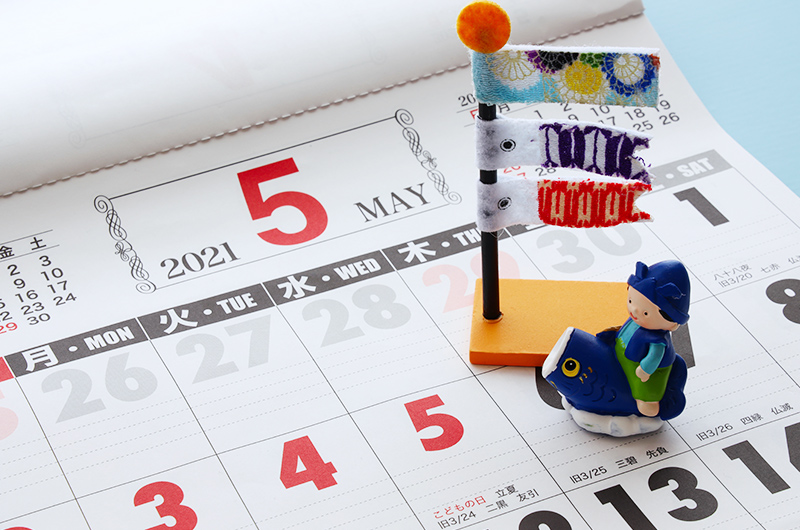
Decorations—Carp Streamers, Samurai Helmets, Samurai Dolls
Encouraging children to grow up strong and healthy is a major part of Children’s Day. Traditional decorations and customs reflect this ideal.
Koinobori (carp streamers) are large wind socks that are painted to look like fish flying through the sky. Carp swimming upstream are a symbol of strength, likely introduced to Japan through Chinese folklore. And so in the days and weeks leading up to Children’s Day, carp streamers are hung from the rooftops and balconies of Japanese houses where children live. They may also bee seen at parks, temples, and public buildings adding color and a little surrealism to the sky.
There is even a special children’s song about carp streamers that was composed in the early twentieth century and has been taught to generations of school children ever since. If you listen closely, you’ll hear it pouring out of music classroom windows in the days and weeks leading up to May 5.
やねよりたかいこいのぼり
おおきいまごいはおとうさん
ちいさいひごいはこどもたち
おもしろそうにおよいでる
(Romanized lyrics)
Yane yori takai koinobori
Ookii magoi wa otoosan
Chiisai higoi wa kodomo tachi
Omoshirosoo ni oyoideru
(Translation)
Carp streamers are higher than the roof
The biggest carp is the father
The small carp are his children
Swimming joyfully
And then there are the Kabuto (samurai helmet) and Gogatsu ningyo (samurai doll/Children’s Day doll) displays. These are associated with strength and vitality, the traits which parents hope for their children to develop as they grow into healthy adults.
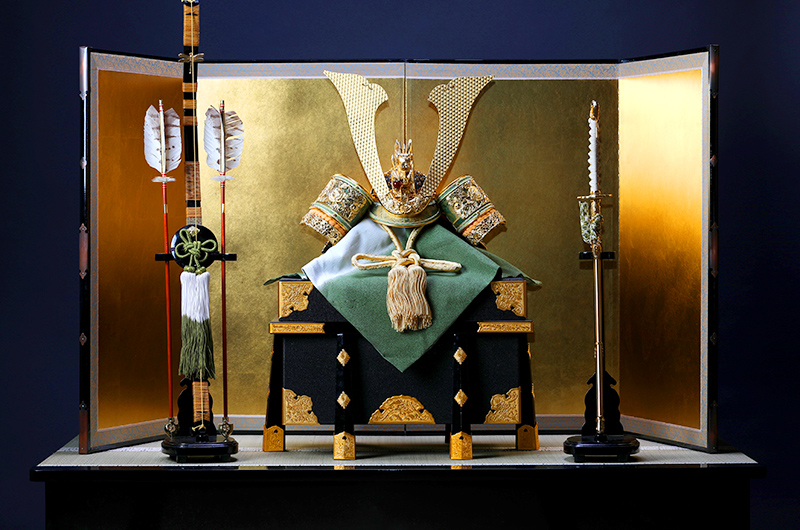
The displays can be simple helmets with a few adornments or full suits of armor in miniature. Sometimes they are modeled after famous samurai from ancient history.
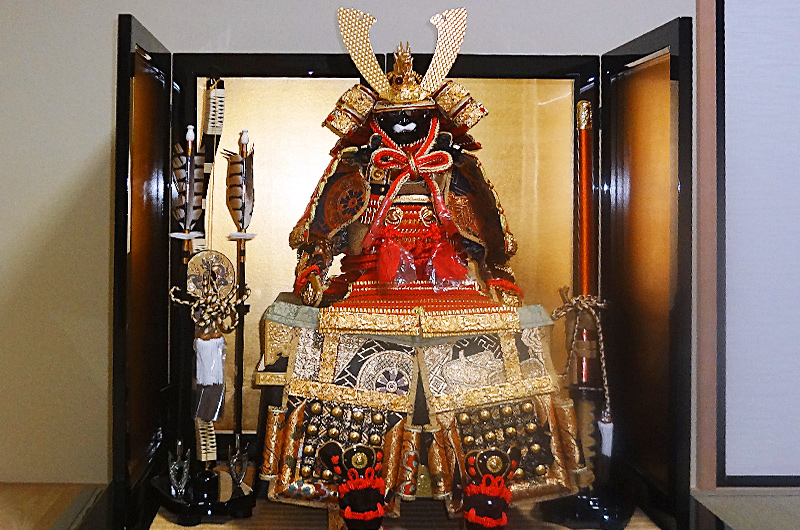
Displays are usually set up inside the home. And although there is little chance to see private collections, you may spot them in stores at this time of year.
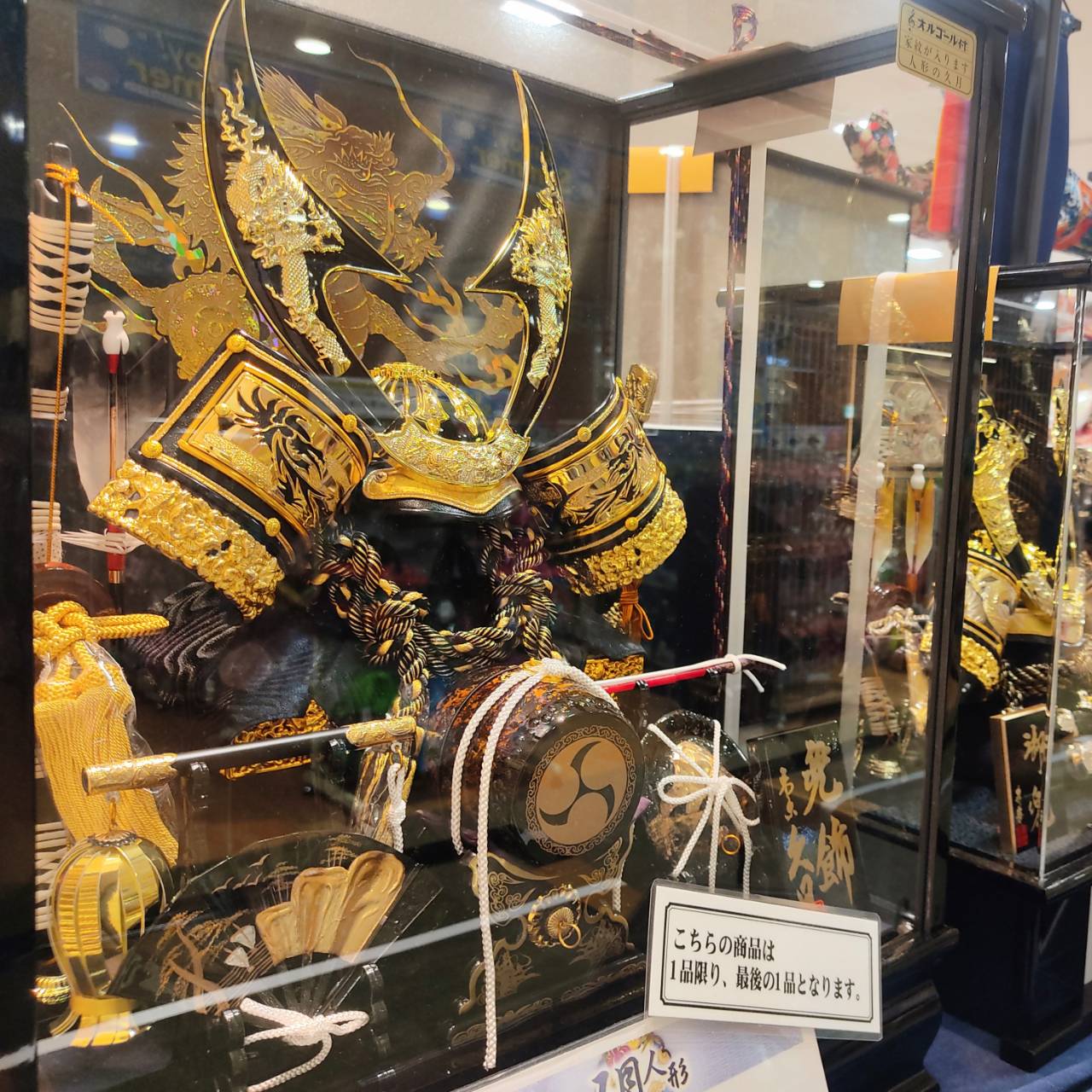
Children’s Day in Osaka—Akuta River, Kaiyukan, Matchamachi
One of the most impressive places to revel in the carp streamers is at Akuta River in the city of Takatsuki. Hundreds of unique carp streamers swim in the breeze over this river for approximately 10 days each year. It makes a beautiful backdrop for photos too, so enjoy them while you’re there and take a memorable picture too. People gather along the riverbank for a day of dancing, musical performances, and other entertainment during the annual Koinobori Festa 1000. The event also features festival food and plenty of games to keep the children busy and happy!
The dates for the 2024 festival are April 22-May 5.
Perhaps the most unique carp streamers in Osaka aren’t carp streamers at all, but the whale sharks, clown fish, adélie penguins, and other aquatic animals that flutter on the Osaka Bay breeze in front of Osaka Aquarium Kaiyukan. The whale shark streamer is the longest, measuring in at a whopping 10 meters!
These uniquely Kaiyukan-esque streamers were first flown to celebrate Children’s Day in 1991 and they are generally on display for approximately 2 months between April and June. By the most recent count, there were a total of 35 streamers modeled after 22 different marine animals. Sadly, the aquarium did not display the streamers during the pandemic, but they are back up on display in front of the aquarium in 2024. Look for the streamers if you visit the aquarium between April 11–May 31!
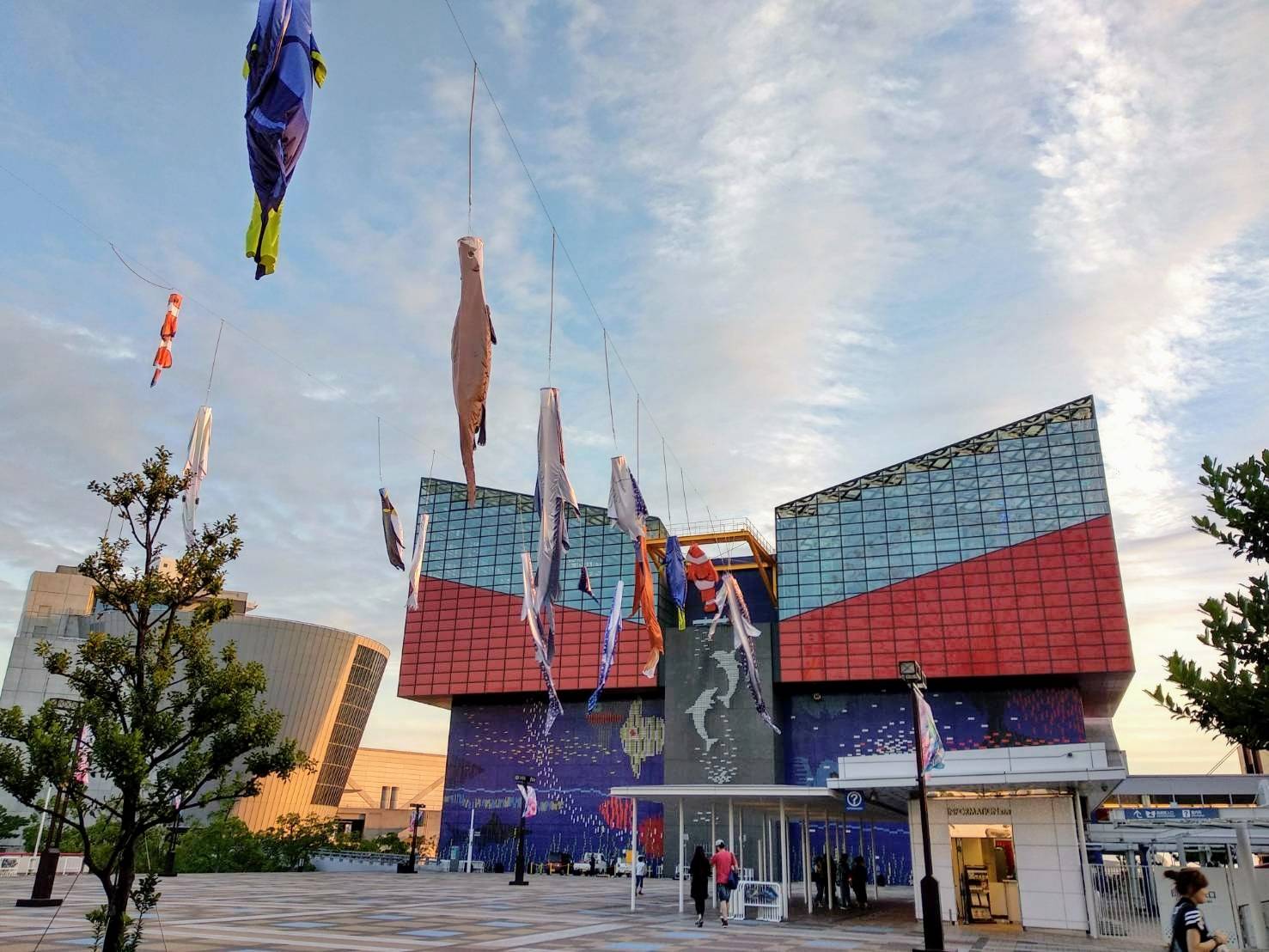
Finally, if you are looking to buy Children’s Day decorations while you’re in Osaka, this is the place to go—Matsuyamachi! Colloquially known as “Matchamachi,” this covered arcade stretches along both sides of Matsuyamachi Street.
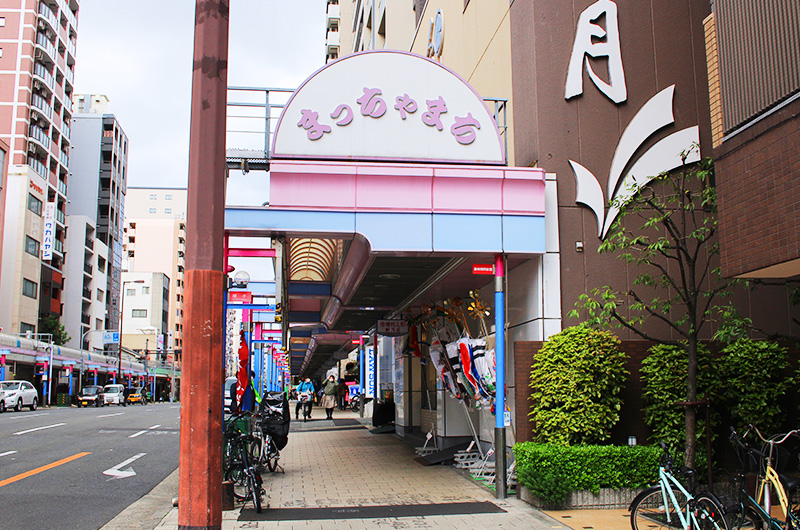
Colorful shops, like Mikinao Shoten, line both sides of the street and specialize in seasonal decorations.
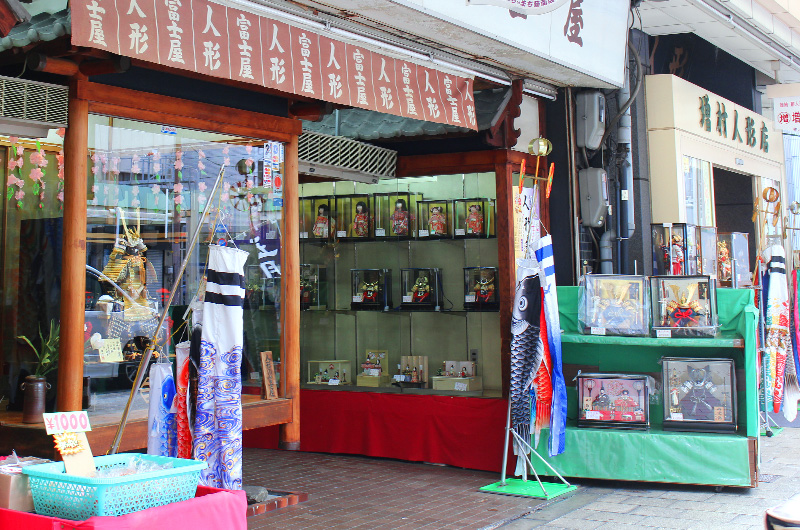 Here you’ll find all manner of Children’s Day accessories from carp streamers to samurai helmets. Even if you’re not in the market for an expensive Children’s Day doll, they’re still fun to look at. And there are some more moderately priced items as well.
Here you’ll find all manner of Children’s Day accessories from carp streamers to samurai helmets. Even if you’re not in the market for an expensive Children’s Day doll, they’re still fun to look at. And there are some more moderately priced items as well.
Traditional Sweets—Kashiwamochi, Chimaki
Of course there are special wagashi (Japanese sweets) made just for the occasion. The most common is kashiwamochi, a soft mochi filled with sweet bean paste and wrapped in an oak leaf. The leaf is not edible, but is symbolic of good child-rearing, because oak trees are known to hold onto their leaves until new leaves have emerged in spring, representing parents nurturing children until they have grown. Some people say that kashiwamochi are eaten in the Kanto region, but we eat them here in Kansai too! Most Osaka sweets shops will have them for sale starting a few weeks before Children’s Day.
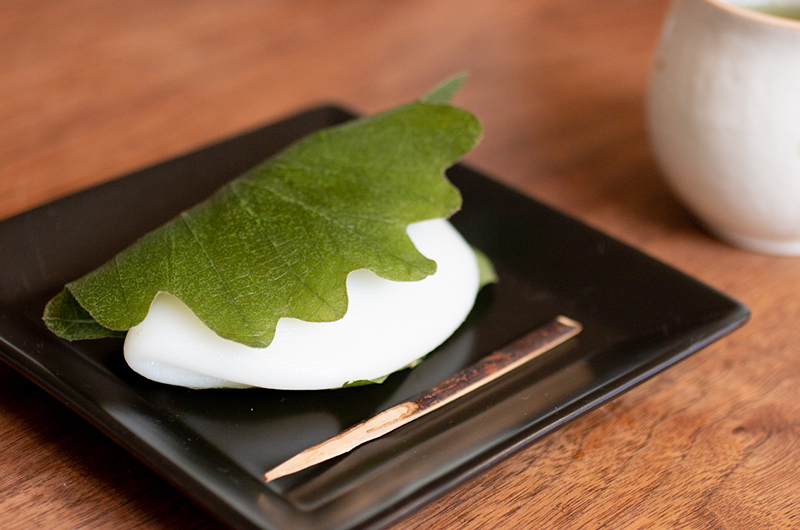
This brings us to chimaki, which is a type of wagashi made for Children’s Day in the Kansai region. The long soft sweet mochi is wrapped in bamboo leaves, which add a subtle flavor and fragrance to the rice cake. Chimaki origins lie in China where, according to legend, politician/poet Qu Yuan tragically committed suicide by throwing himself into a river in the third century BCE. As the story goes, people threw rice wrapped in bamboo into the river to feed the fish and prevent them from eating his Qu Yuan’s body. Although this sounds slightly off-putting, don’t let it stop you from trying chimaki. They’re only available for a short time of year and they’re delicious!
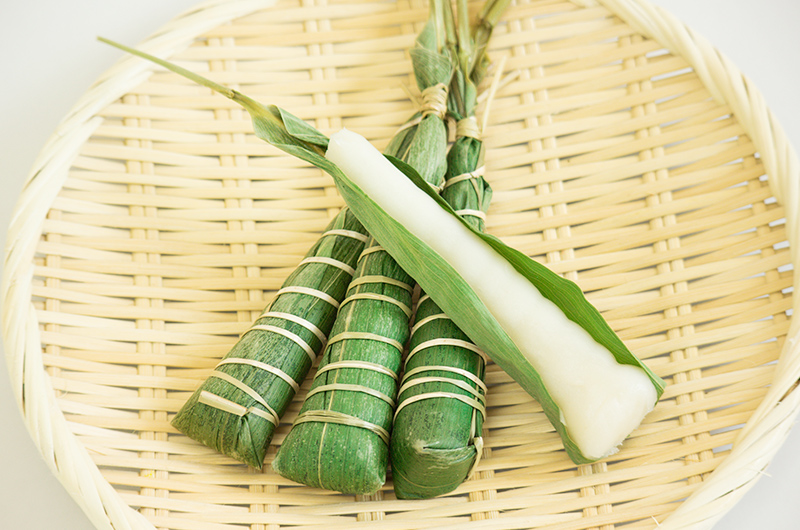
Plus, keep your eyes out for other cute seasonal sweets. Kashiwamochi and chimaki are the main ones, but there are plenty of other Children’s Day sweets out there, like these adorable carp and iris jonamagashi (sculpted high-grade confections).
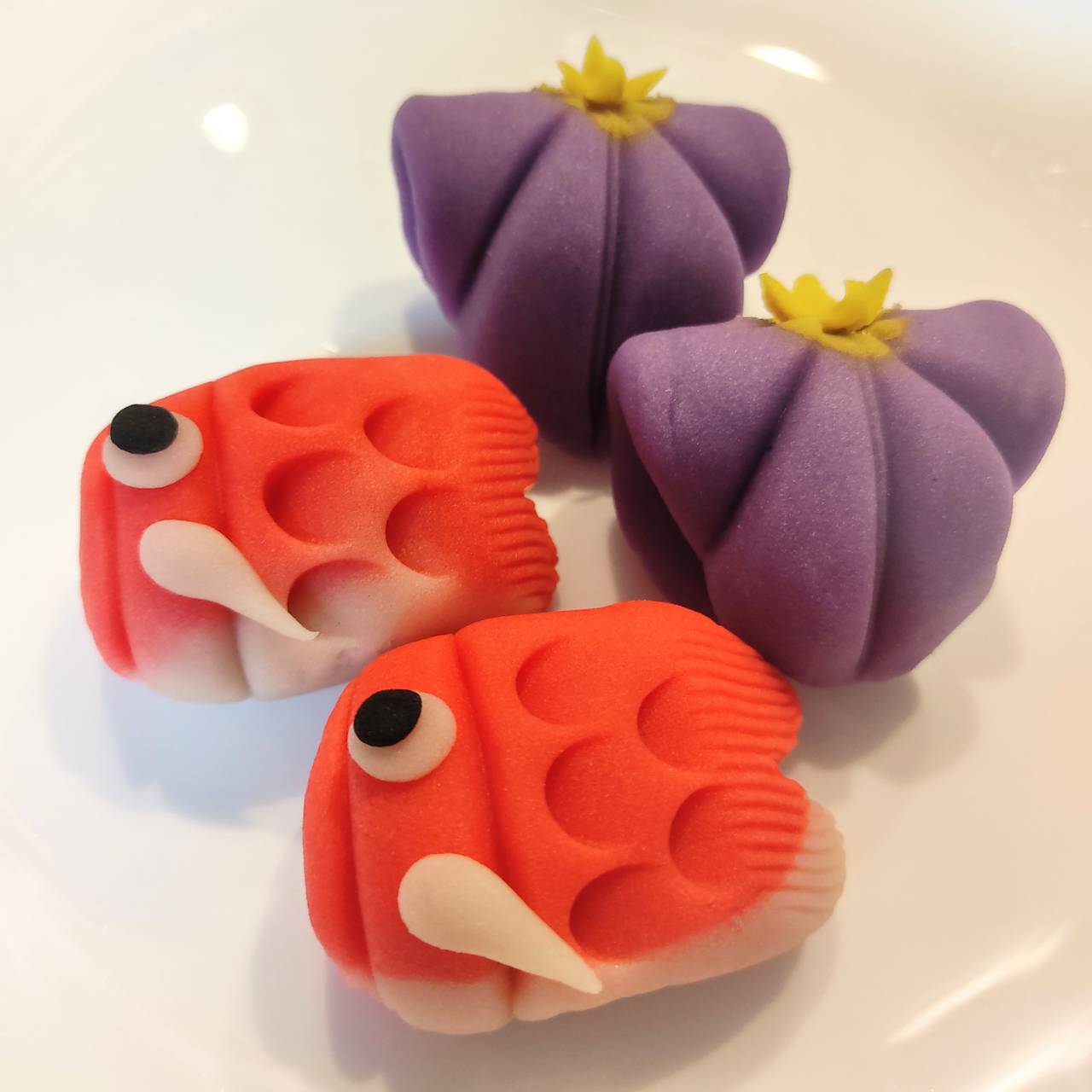

Supporter
The contents of this page were current at the time it was posted, but may differ from the present.
Text visible in this map is based on information from Map Tiler and may differ from actual geographical names.

